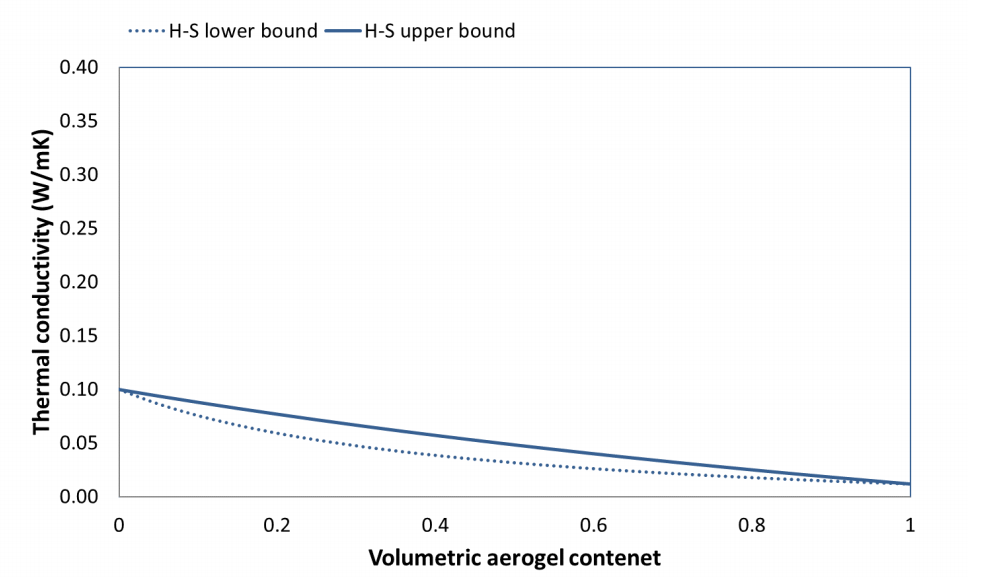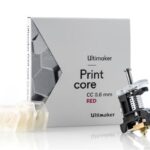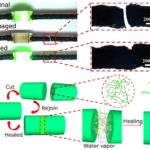

In this study, researcher Mohammad Hajmohammadian Baghban explores the ever-expanding field of printing with cement and composites. Outlining his findings in the recently published ‘Thermal insulating cementitious composite containing aerogel and phosphate-based binder,’ Baghban emphasizes the critical nature of conductivity in materials for the ‘energy design process’ of construction. And while it is not surprising to hear that cement is one of the most used materials for builders, many may not be aware of the importance of thermal properties.
3D printing of cement and other building materials continues to become more popular in construction projects around the world too, from innovation like foamed concrete panels to modular systems with lightweight concrete spatial structures to other composites, and so much more. In this study, the author focuses on aerogel granules added to cement, creating a composite that is not only fast setting but improves material properties and offers suitable, low thermal conductivity.
Aerogel granules possess a hydrophobed pore system, comprised of pores as tiny as 20 to 60 nanometers. And although this material is extremely lightweight, the particles offer great insulation; the key in this study, however, was to continue to decrease thermal conductivity to encourage better performance of materials in construction applications.
“Although the considered cement composition reacts rapidly in presence of water, materials were mixed for about 20 minutes using [a] Hobart mixer to ensure proper dispersion. The amount of water was adjusted to the limit that the slurry will not be dry and the mix becomes a firm paste,” explains the author.
Samples were created and cast in 4x4x16 cm molds:

“… cured at a room with 50 % RH for four months when thermal conductivity of samples was measured at air dried condition. The samples were then dry sawed and dried at 105°C for seven days to measure the dry thermal conductivity, and the last measurement was held after water submersion for three days. Moreover, compressive strength of the cubic samples with size of about 4x4x4 cm was measured after 140 days curing at the room with 50 % RH,” explained the author.
With more water, and the continued addition of aerogel granules, conductivity can be reduced even further. In that case though, insulating properties may be questionably lowered, requiring the use of hydrophobic agents.
“This type of composite can also be used for on-site 3D printing of building envelope such as sandwich wall elements due to the fast setting property,” states the author.
Because of the fast-setting abilities of aerogel composites, they are self-standing and can be employed in the construction of building envelope features such as sandwich walls. Adding calcined MgO offers intensified compressive strength, with the material composite for this study resulting in:
- Lightweight properties
- Versatility
- Fast production
- Fast installation
- Low thermal conductivity
- Environmentally friendly binder
“Since there has been considerable improvement in the technology of aerogel production in recent years, it is expected that the cost and environmental impacts of composites made of aerogel will be reduced significantly and there will be more opportunities to introduce such composites to the market,” concluded Baghban.
What do you think of this news? Let us know your thoughts! Join the discussion of this and other 3D printing topics at 3DPrintBoard.com.
[Source / Images: ‘Thermal insulating cementitious composite containing aerogel and phosphate-based binder’]
If you're looking to get architectural 3D animation in the USA, our service provides an exceptional way to bring your architectural concepts to life through dynamic, immersive visuals. Through our platform, you can easily request high-quality 3D animations that showcase your designs in motion, offering a detailed view of your project from multiple angles and perspectives. Whether it's for a real estate development, a commercial building, or an urban planning project, our expert team ensures that every detail is captured in a visually compelling animation.
Through our website, you can seamlessly get architectural 3D animation tailored to your project’s specific needs. With our help, you can offer potential clients or investors an engaging experience that goes beyond static images. By integrating CGI animations with real-world settings, lighting, and textures, our team creates a lifelike experience that allows your audience to interact with your project as though it were already built. This service is perfect for presenting complex designs in a clear, visually attractive way that stands out in the competitive architectural market.




